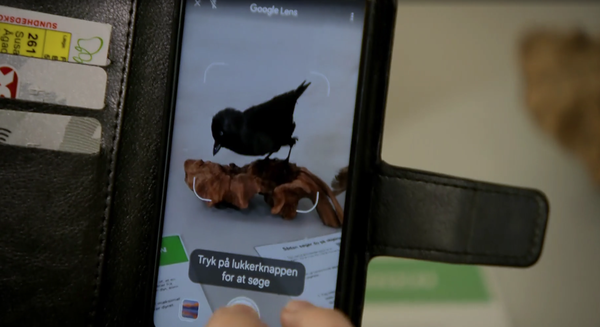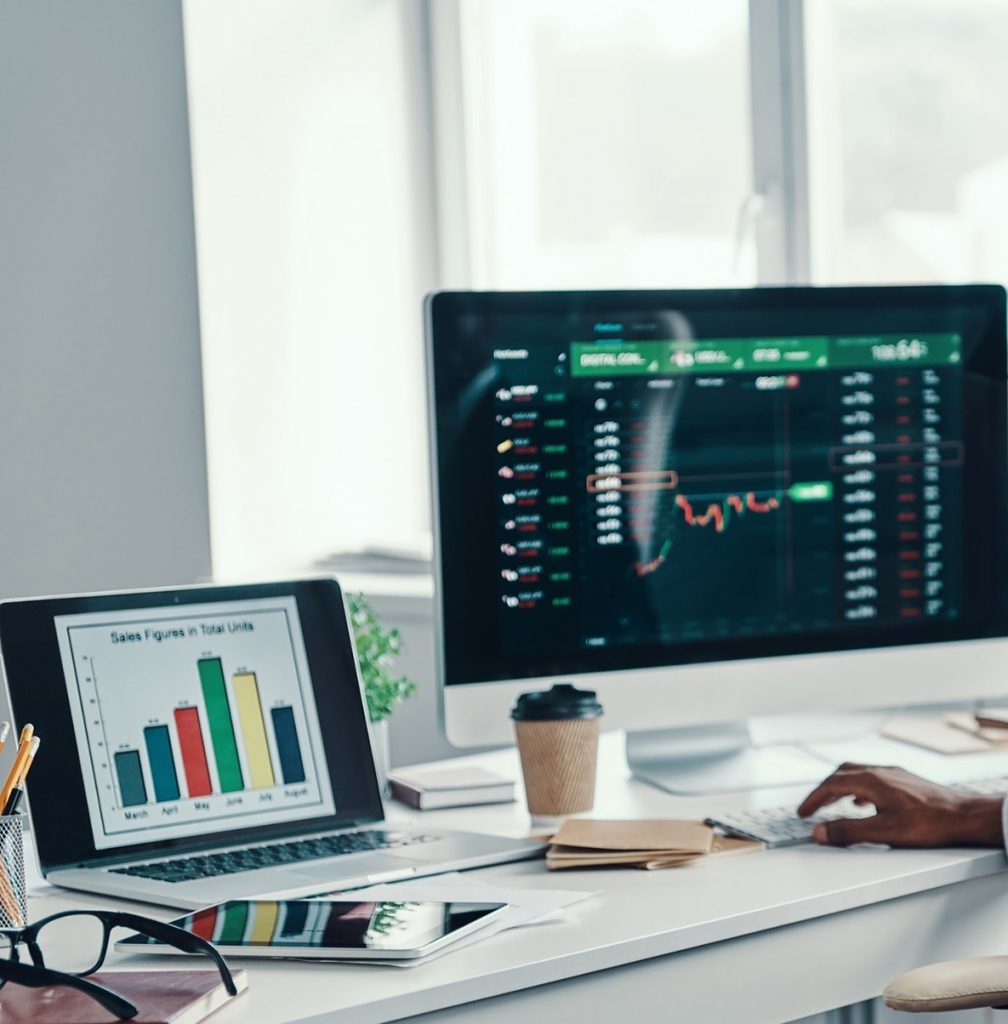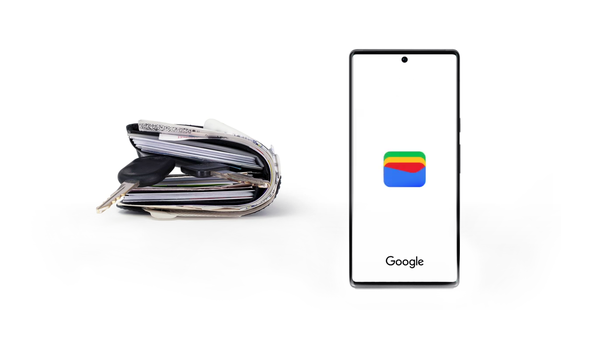Predibase emerged from stealth with its commercial platform that lets both data scientists and non-experts develop flexible, state-of-the-art ML with best-of-breed ML infrastructure. Predibase has been in beta with Fortune 500 enterprises the last nine months who have seen time for model development deployment drop from months to days and used by data practitioners and engineers across each organization.









